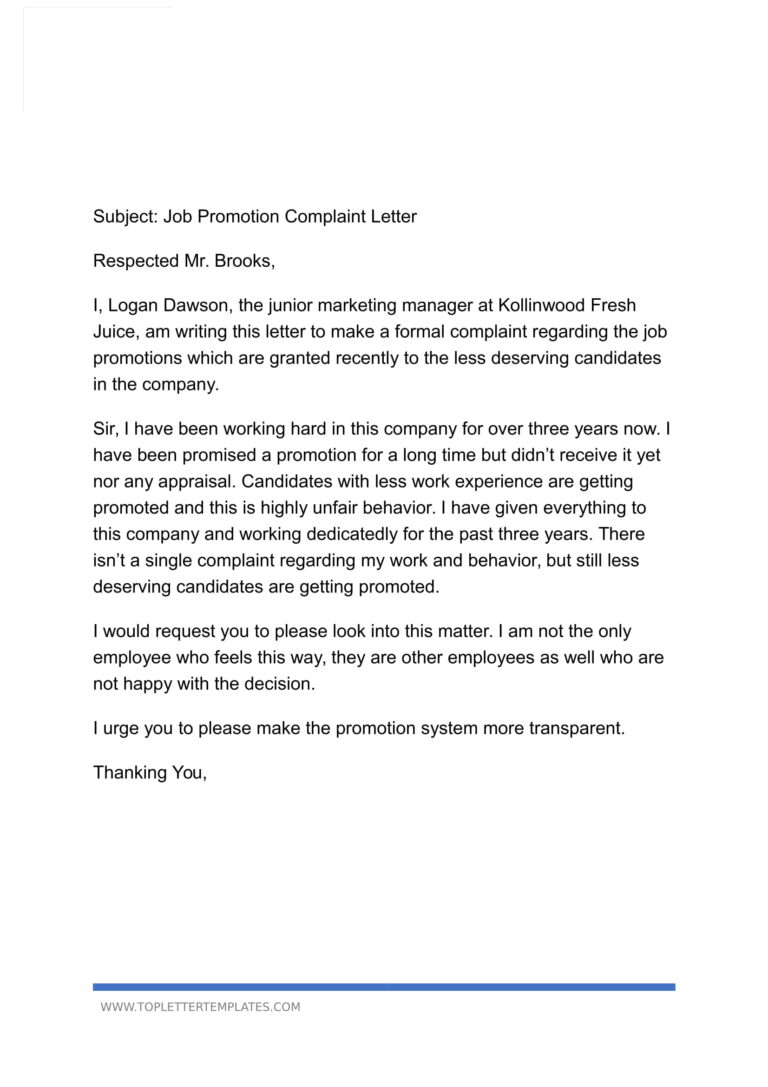Table of Content
With the COVID-19 coronavirus disrupting daily life in the UK as we know it, many businesses are preparing to manage employees working from home. This is in order to help reduce the chance of the virus spreading and affecting more people. Barbara Z. Larson is executive professor of management and director of partnerships at Northeastern’s D’Amore-McKim School of Business. Prior to her academic career, Professor Larson worked for 15 years in international finance and operations leadership, most recently as Director of International Finance at R.R. We recommend that managers establish these “rules of engagement” with employees as soon as possible, ideally during the first online check-in meeting.

If our content helps you to contend with coronavirus and other challenges, please consider subscribing to HBR. Maximize your workplace performance with this free guide and set of four templates. While you might miss the office, working full time from home can be good for you. So, use the time to start and finish something from your to-do list before changing the load.
Start » Strategy
This is achievable by setting goals and clearly defining success metrics before staff begins working from home. Reduce micromanaging instances by agreeing on time slots within the day for check-in meetings to discuss progress and any concerns they may have. Being asked to come into the office, even for a couple of days a week, has become an increasing source of contention between many employers and employees. A recent report on U.S. job postings from LinkedIn suggest more people want to work from home compared to the number of work-from-home jobs available. In October, only 14 per cent of U.S. postings were for entirely remote jobs, down from a historic high of 20 per cent last February. Meanwhile, more than 50 per cent of applications were for those entirely remote postings.
TrackingTime is a simple time tracker software for freelancers and teams. Organize and assign tasks for your team and manage their access with user permissions. Keep control over employee attendance, breaks, extra time, and time off with time cards. Create custom online timesheets for productivity, payroll, invoicing, budgeting, billing, and more. Track time anywhere you work, from any device or directly in your favorite project management apps like Asana, Trello, Slack, and 30+ online services. UnRemot is a video-based remote collaboration tool, most suited for daily, repetitive collaborations among small teams.
Featured in Health & Fitness
Verily Magazine calls these tasks "small acts of success," and they can help build your momentum for the heavier projects that are waiting for you later on. To capitalize on your most productive periods, save your more challenging tasks for when you know you'll be in the right headspace for them. Use slower points of the day to knock out the easier logistical tasks on your plate.

Designed for business owners, CO— is a site that connects like minds and delivers actionable insights for next-level growth. To stay on top of all the news impacting your small business, go here for all of our latest small business news and updates. However, before making any business decision, you should consult a professional who can advise you based on your individual situation. Synchronous work that does not tolerate distractions (e.g., meetings with clients or partners).
How to Create and Share Quiz in Google...
Here’s how your Google Assistant can help you with creating a daily routine for work. “Focus on one thing at a time and use the space and tools that you have available to minimize distractions as much as possible. And don’t forget to take breaks — use those distractions as a reward for focused work sessions or for accomplishing a goal,” Bjelland said.
Make sure to onboard your teams on quick collaboration tools that allow visual meetings. Mobile-enabled virtual collaboration tools with messaging functionality can be used for simpler, time-sensitive communication. With the current coronavirus scare, employers are taking active steps to ease the spread of the disease by allowing workers who are able to work from home. Join this webinar to learn several research based tips on how how to successfully manage employees who are working remotely. When their manager isn’t there to ask ad hoc about their tasks, employees could end up feeling lost.
Any change is hard, and in this scenario, the transition to working from home is coupled with the stress of managing a global pandemic. As a small business owner, you should try to be empathetic and flexible both with yourself and your team members. Practical and real-world advice on how to run your business — from managing employees to keeping the books.
Trello is known for its highly visual approach to project management and remote collaboration. This web-based software is great for teams that are spread across continents. Trello’s dashboard is inspired by the kanban methodology - it has lists, cards, boards, and drag & drops functionality that can help you manage your projects more efficiently. Though this recent trend of remote working has continued to increase, having a majority of your workforce working from home can be daunting. This webinar will also review the benefits of allowing employees to work from home while providing managers with the tools they need to get the performance they expect from their teams. This is a challenging time for everyone, but thankfully with the online communication tools we have available it’s possible and practical for many businesses to ask staff to work remotely.
This frequent performance praise can help you monitor the good work done by your remote employees and build a good rapport among your team. The work done is the best way to measure your remote employees’ performance. That’s why you need to embed a smart performance tracking system within your team. Just like in an office environment, you should consider paying for the equipment that your remote employee needs to work productivity. This equipment would include a laptop, mouse, headphone, and even a coffee allowance. Providing these necessities to your remote employees can help them work more efficiently.

Synchronous or collaborative work that tolerates distractions (e.g., internal meetings). The COVID-19 outbreak has caused an anxious trial run for the work-from-home business model on a grand scale. What we are going to learn in the upcoming months can shape the future of remote work. There are constant clashes at home between partners, parents, and kids.

No comments:
Post a Comment